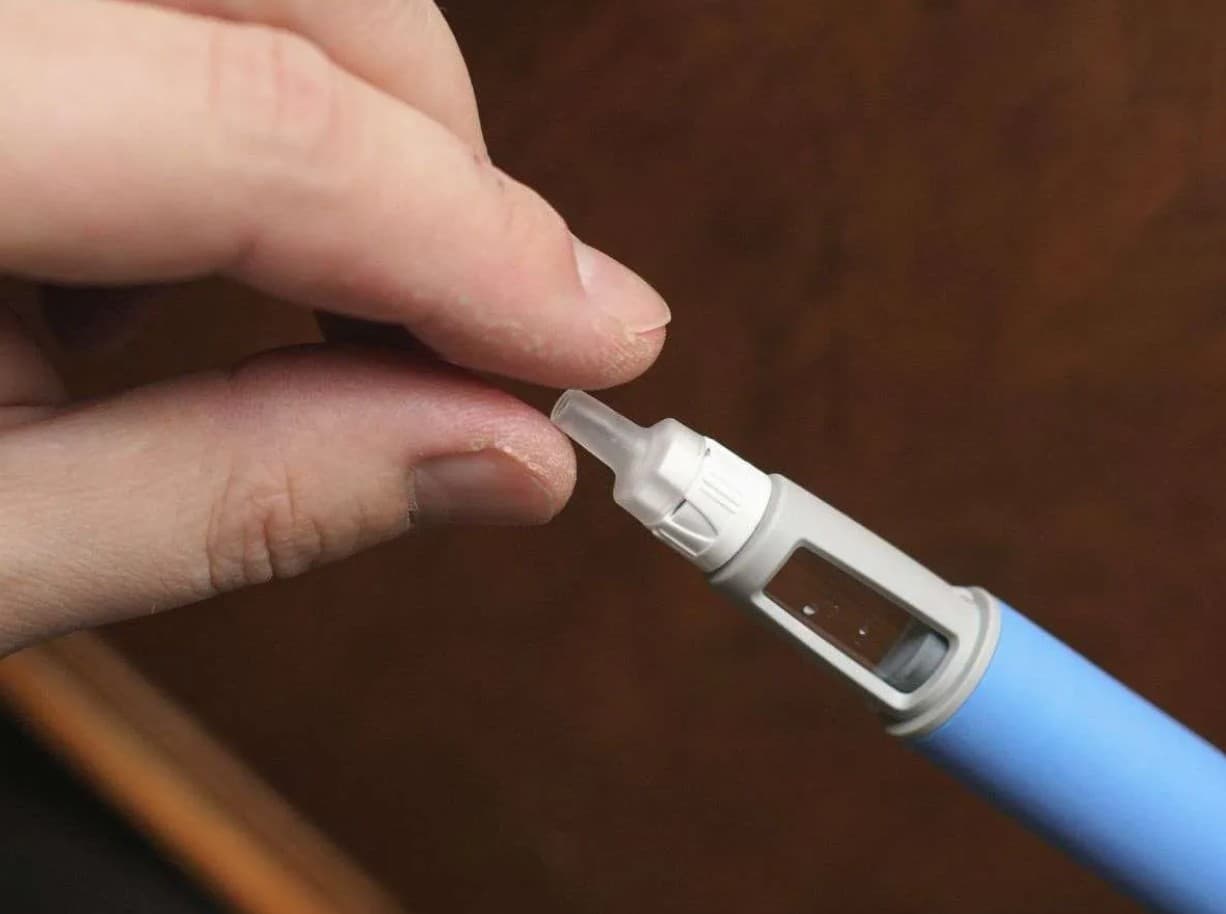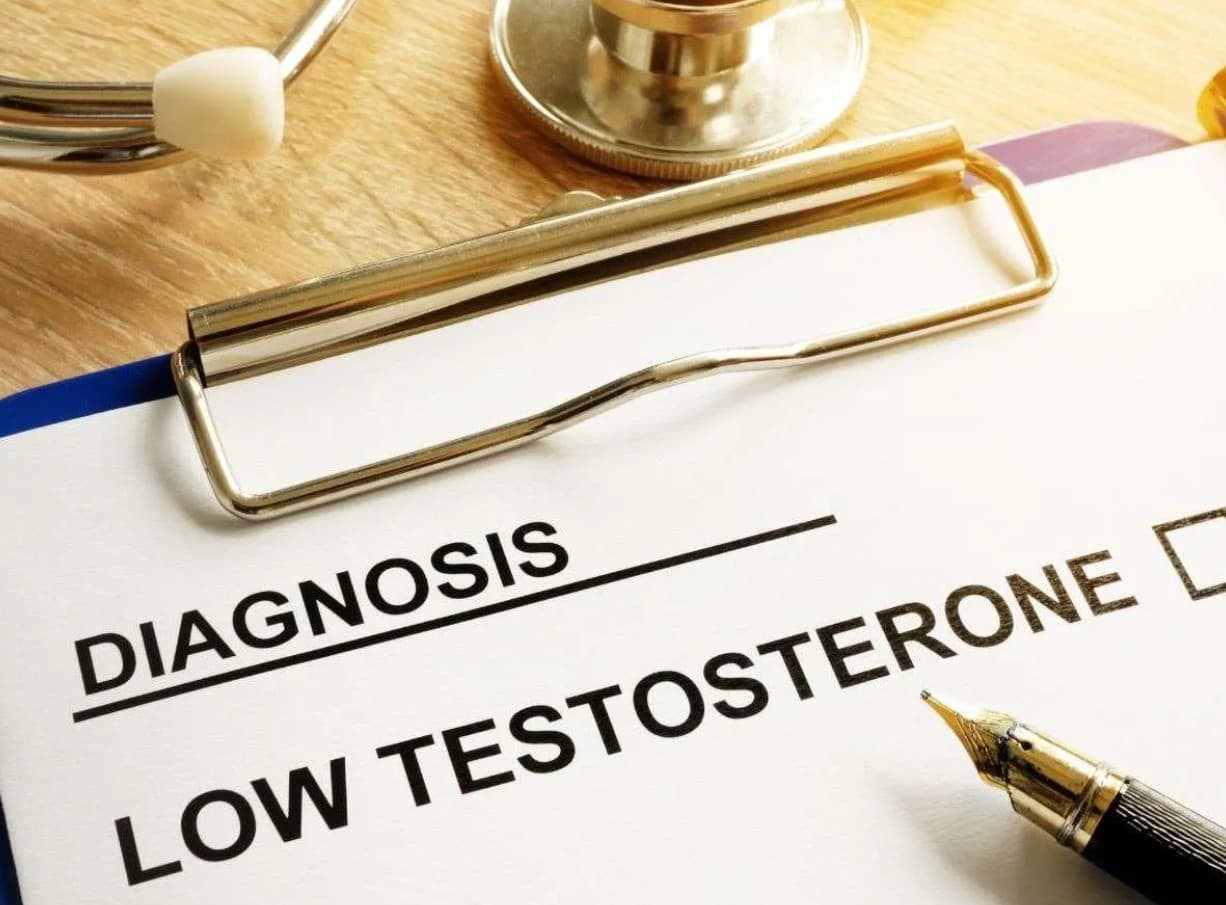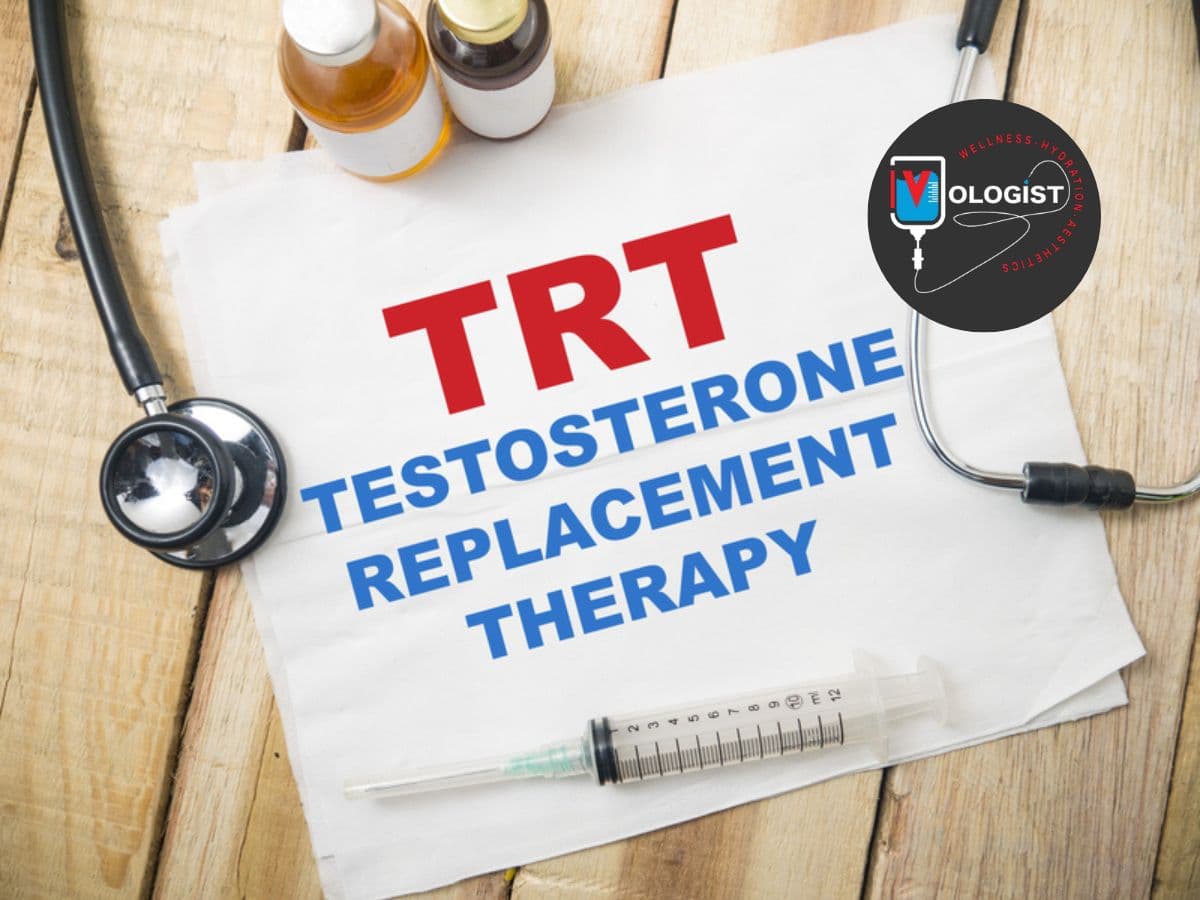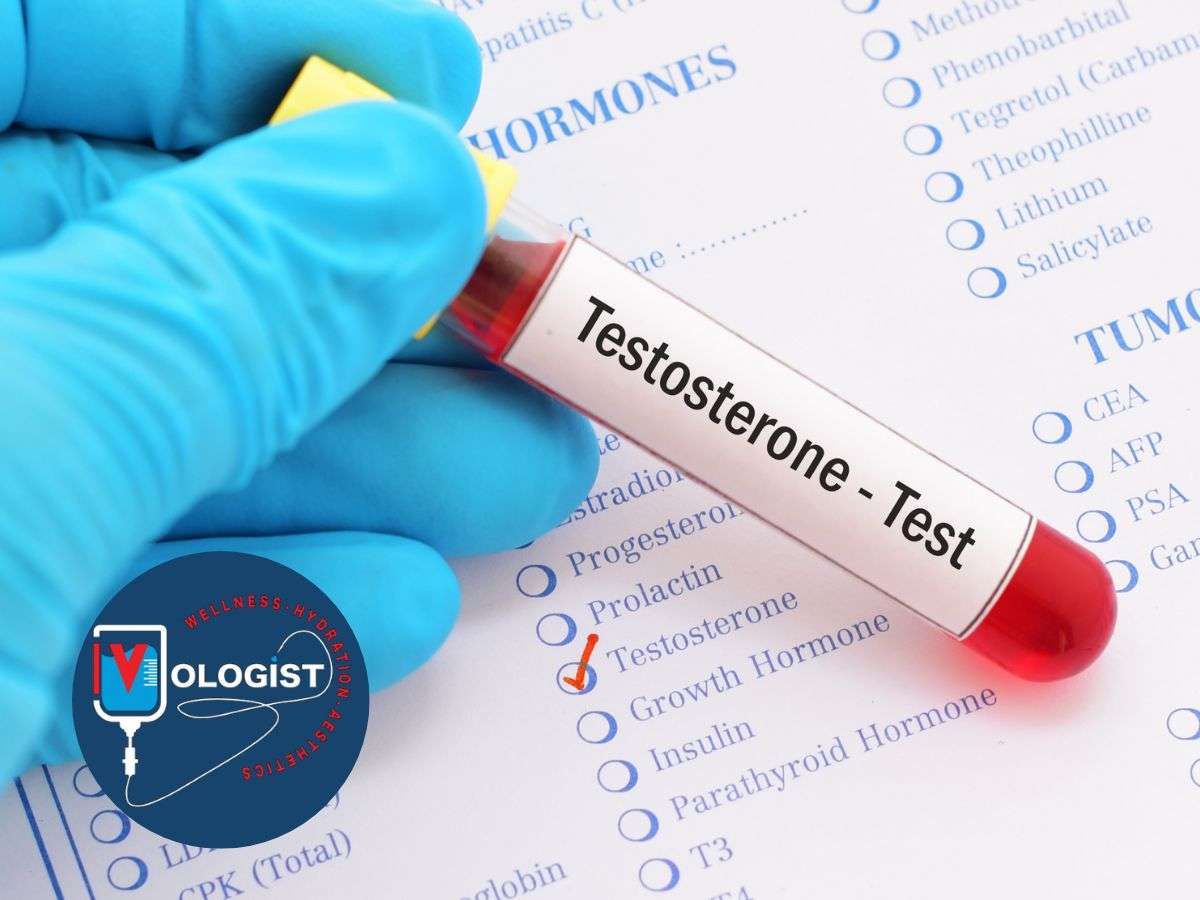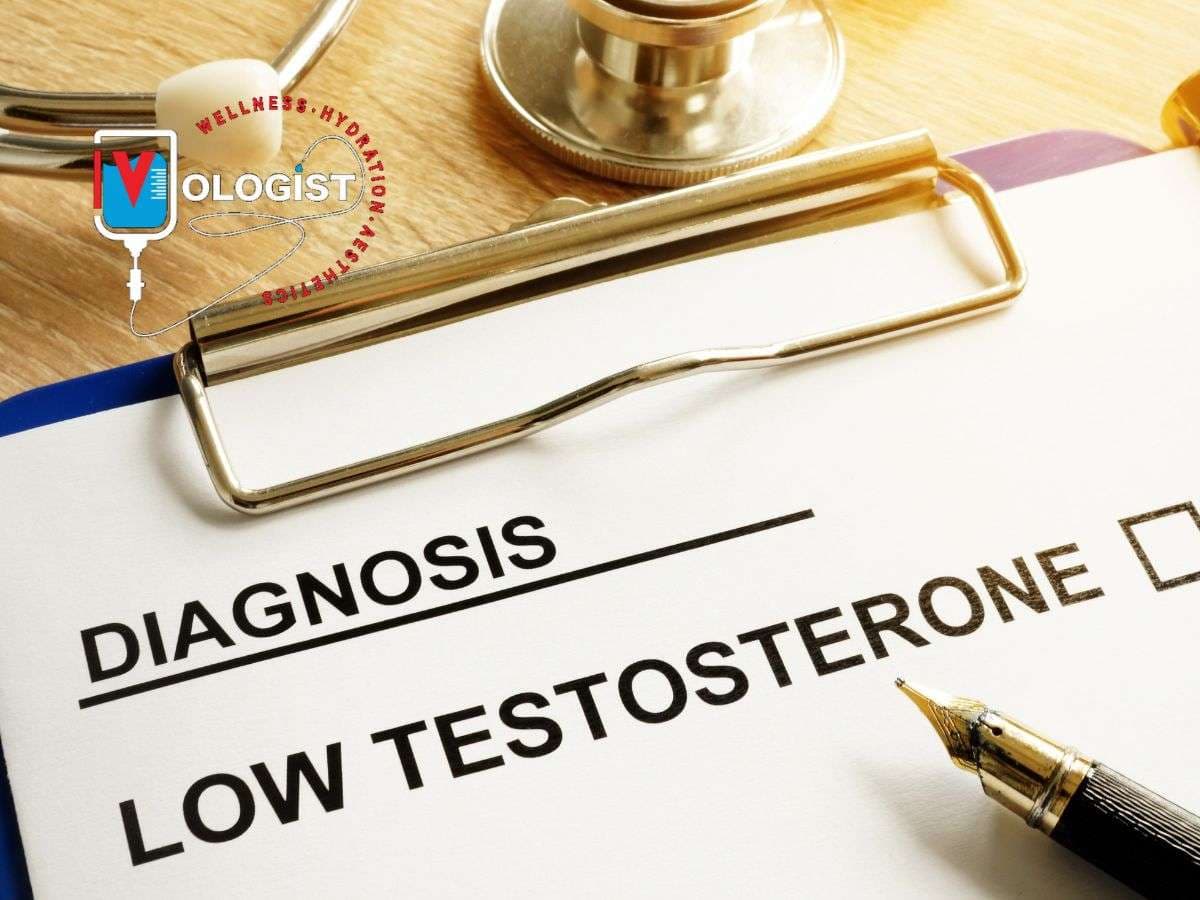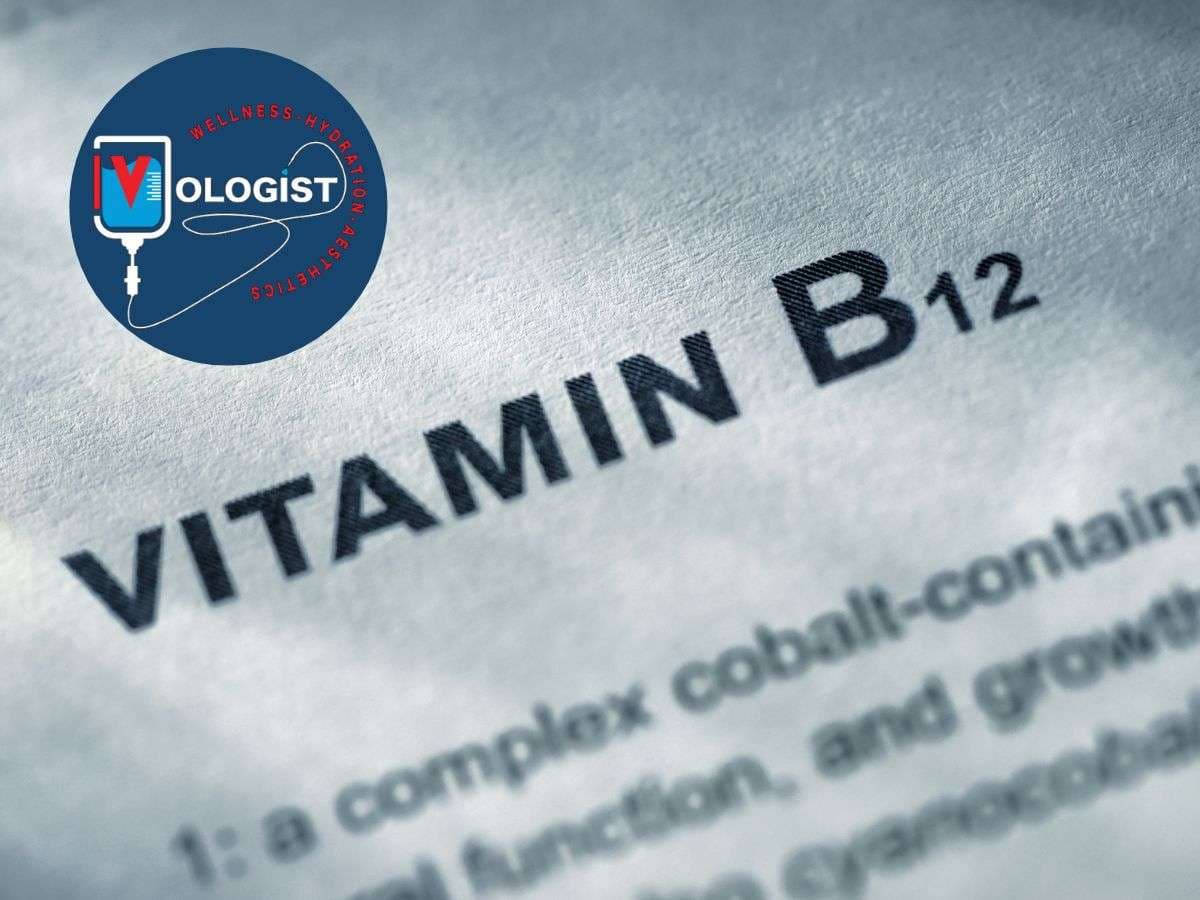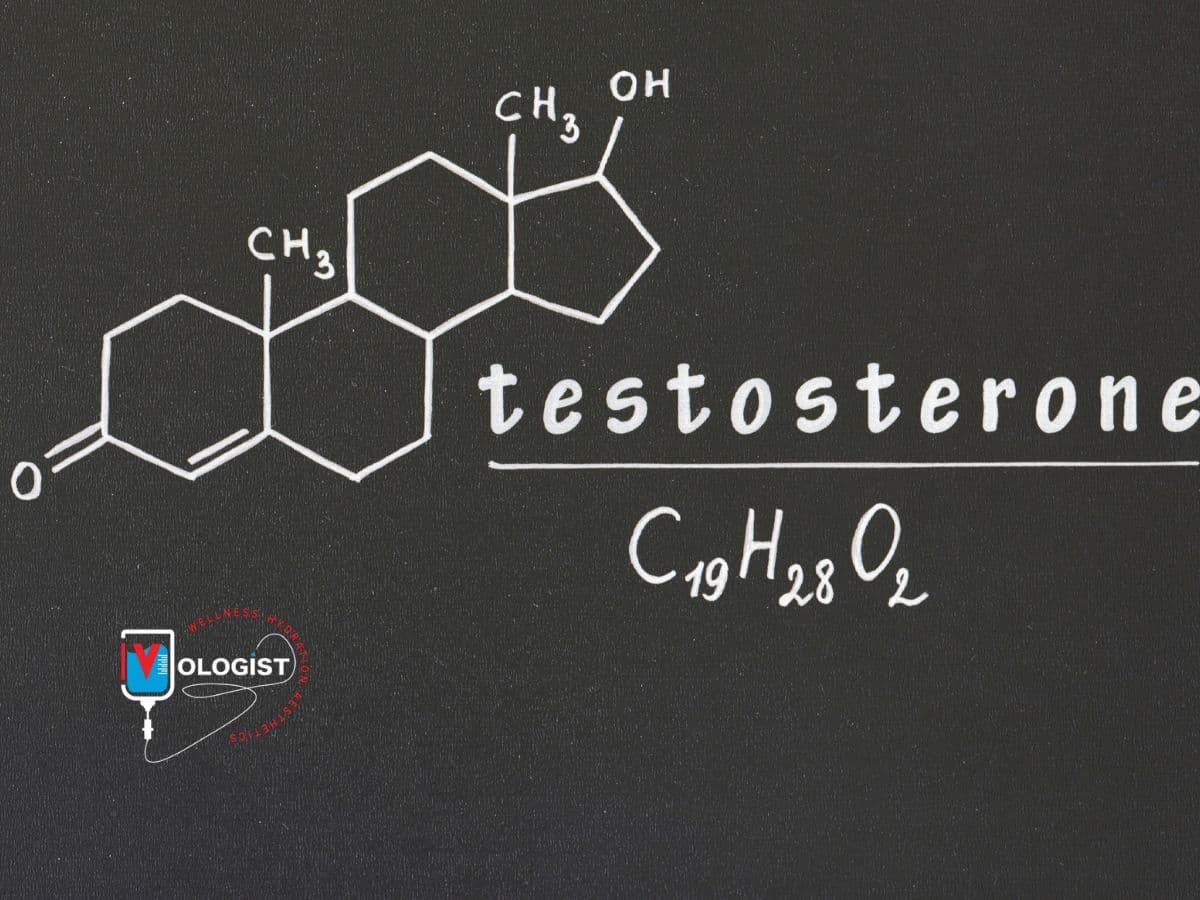How GLP-1 Medications Changed the Weight Loss Game
Understanding GLP-1 Receptor Agonists
Over the past few years, GLP-1 receptor agonists have transformed the conversation around obesity treatment. These medications, originally developed for diabetes, work by mimicking a natural hormone called glucagon-like peptide-1 (GLP-1). In simple terms, they help the body regulate appetite and blood sugar more effectively.
Here’s what they do inside the body:
- Slowed gastric emptying: — Food stays in the stomach longer, leading to a feeling of fullness after smaller meals.
- Appetite regulation: — GLP-1s act on the brain’s hunger centers to reduce cravings and overeating.
- Improved insulin sensitivity: — They help stabilize blood sugar, reducing the spikes and crashes that often fuel weight gain.
This combination makes GLP-1s more than just appetite suppressants—they influence multiple pathways tied to weight management.
Popular Medications Leading the Charge
The two most talked-about medications in this class are semaglutide and tirzepatide. Semaglutide is marketed under brand names like Ozempic (for diabetes) and Wegovy (for weight management). Tirzepatide, sold as Mounjaro and Zepbound, is considered a “dual agonist,” meaning it targets both GLP-1 and GIP (another hormone tied to metabolism).
These medications have become household names thanks to:
- Celebrity use and social media buzz that propelled them into mainstream conversation.
- Clinical trial data showing dramatic weight loss outcomes compared to older medications or lifestyle interventions alone.
Success Rates Backed by Science
The real power of these drugs is reflected in research. A 2021 clinical trial published in the New England Journal of Medicine found that patients taking semaglutide lost an average of 14.9% of their body weight over 68 weeks—far more than those in the placebo group. For context, traditional weight loss methods rarely achieve more than 5–10% sustained loss.
This kind of success has led many experts to call GLP-1 medications a “game-changer” in obesity medicine. However, as with any treatment, there are caveats.
The Challenges Patients Still Face
Despite the buzz, GLP-1 medications are not without drawbacks. Some of the most common hurdles include:
- Cost barriers: — Monthly prescriptions can run from several hundred to over a thousand dollars, and insurance coverage is inconsistent.
- Side effects: — Nausea, vomiting, diarrhea, and fatigue are frequently reported, particularly during the adjustment period.
- Weight regain after discontinuation: — Studies show many patients regain lost weight if they stop treatment, suggesting GLP-1s may require long-term use.
These realities highlight why many clinicians are exploring complementary approaches—like hormone replacement therapy for weight loss—to create more sustainable results. By addressing the hormonal factors that GLP-1s don’t directly touch, providers hope to reduce plateaus, improve quality of life, and help patients keep the weight off long-term.

